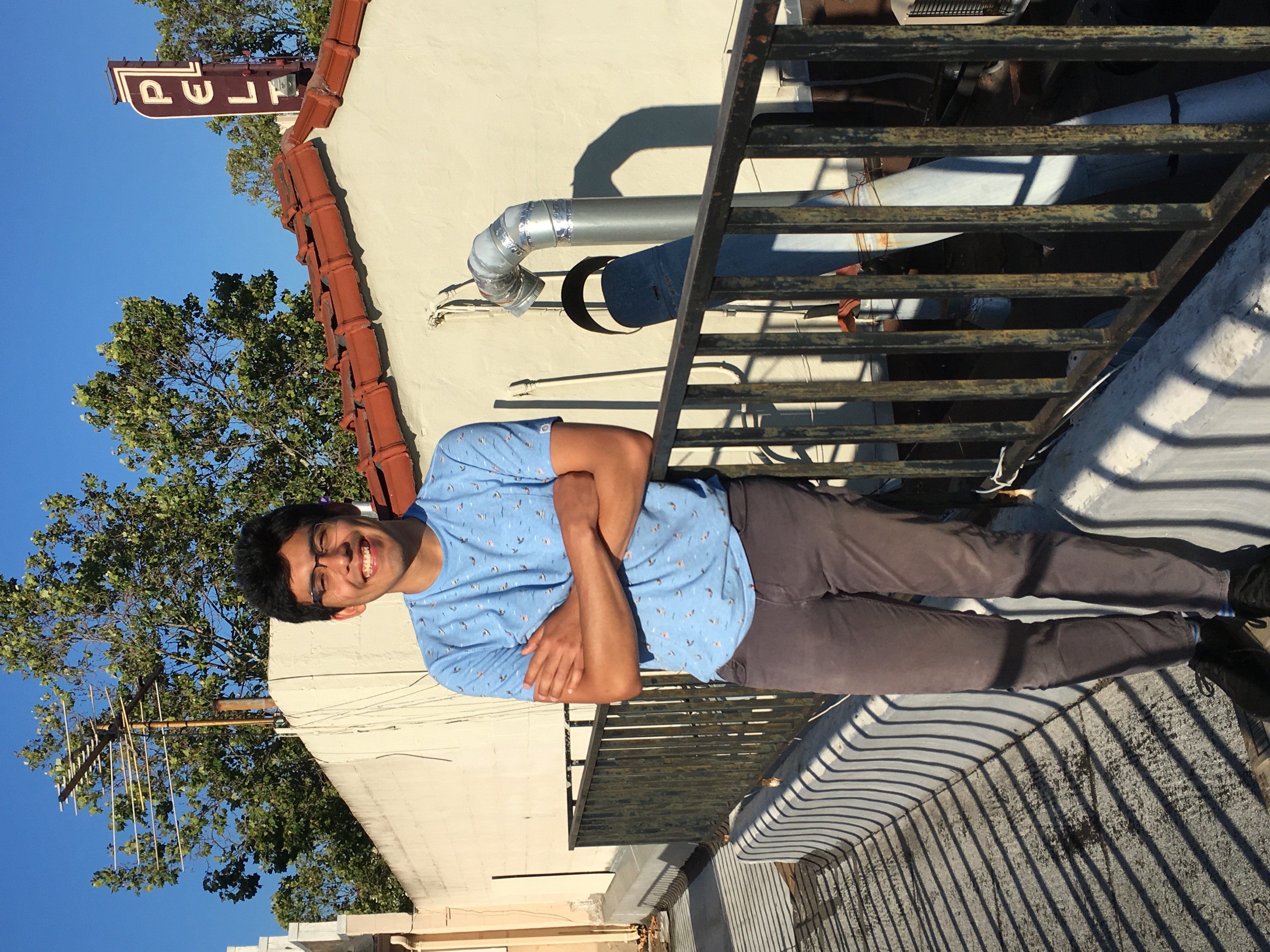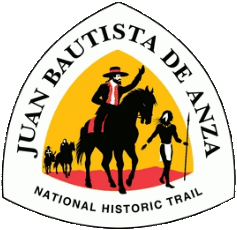News: The Intern Experience on the Anza Trail, by Eduardo Piaggio

October 4, 2021
Being a planning intern at the Anza Trail has been a revealing experience in learning about different places along the trail that have so much potential for reshaping narratives of place. Learning remotely about these places makes me want to visit them, and through the development of Story Maps, I’m pretty sure that other
 people will feel the same way and want to look into these spots.
people will feel the same way and want to look into these spots.
One of my favorite sites in this project is the San Gabriel Valley. The development of urban trail challenges the typical notion of trails as natural beauty and brings light to unconventional beauty. It brings appreciation to spaces that are close to urbanity, opposite to remote locations, and modernizes the concept of trails in an era where urban development is the future. Through these types of projects, it is possible for people to feel closer to their spaces (especially in the suburbs), and this makes justice to those who can’t go too far because they don’t have access to a car and wonder if there is something to explore around where they live. In a way, this addresses the unfairness of car dependency and helps people feel more empowered in their artificial environments.

It is tempting to drive to places, as in the suburbs it is hard to see people on the streets, and driving is usually the best transportation option… at least to get from point A to point B. But by creating urban projects, this notion of the suburbs as boring spaces seems to be addressed, and new perceptions toward unsuspecting places have the potential to bring new life to them. By improving accessibility and exploring creative ways to build narratives, it is possible to shape a place not just by altering it, but by making it significant.
-Eduardo P.

